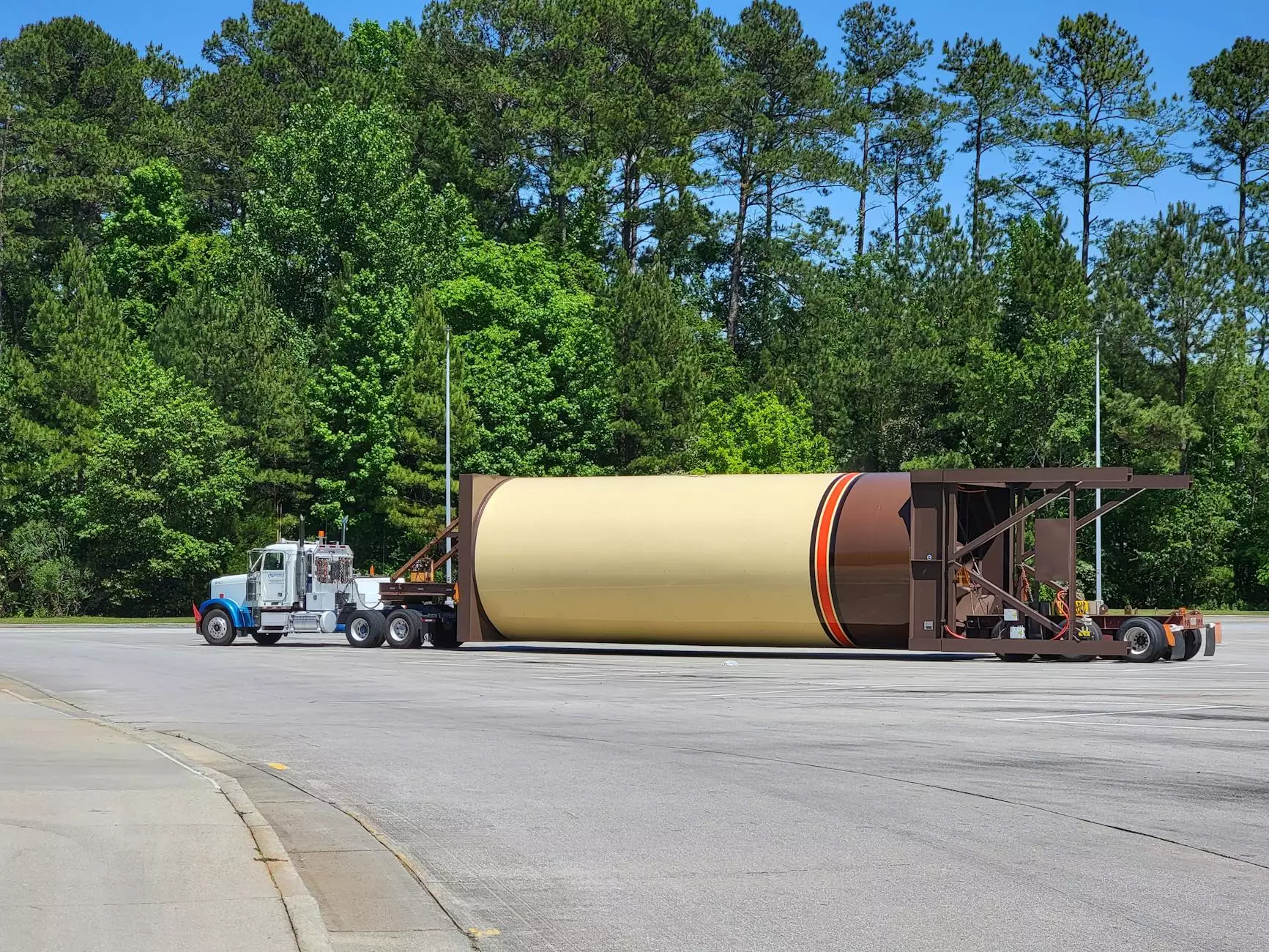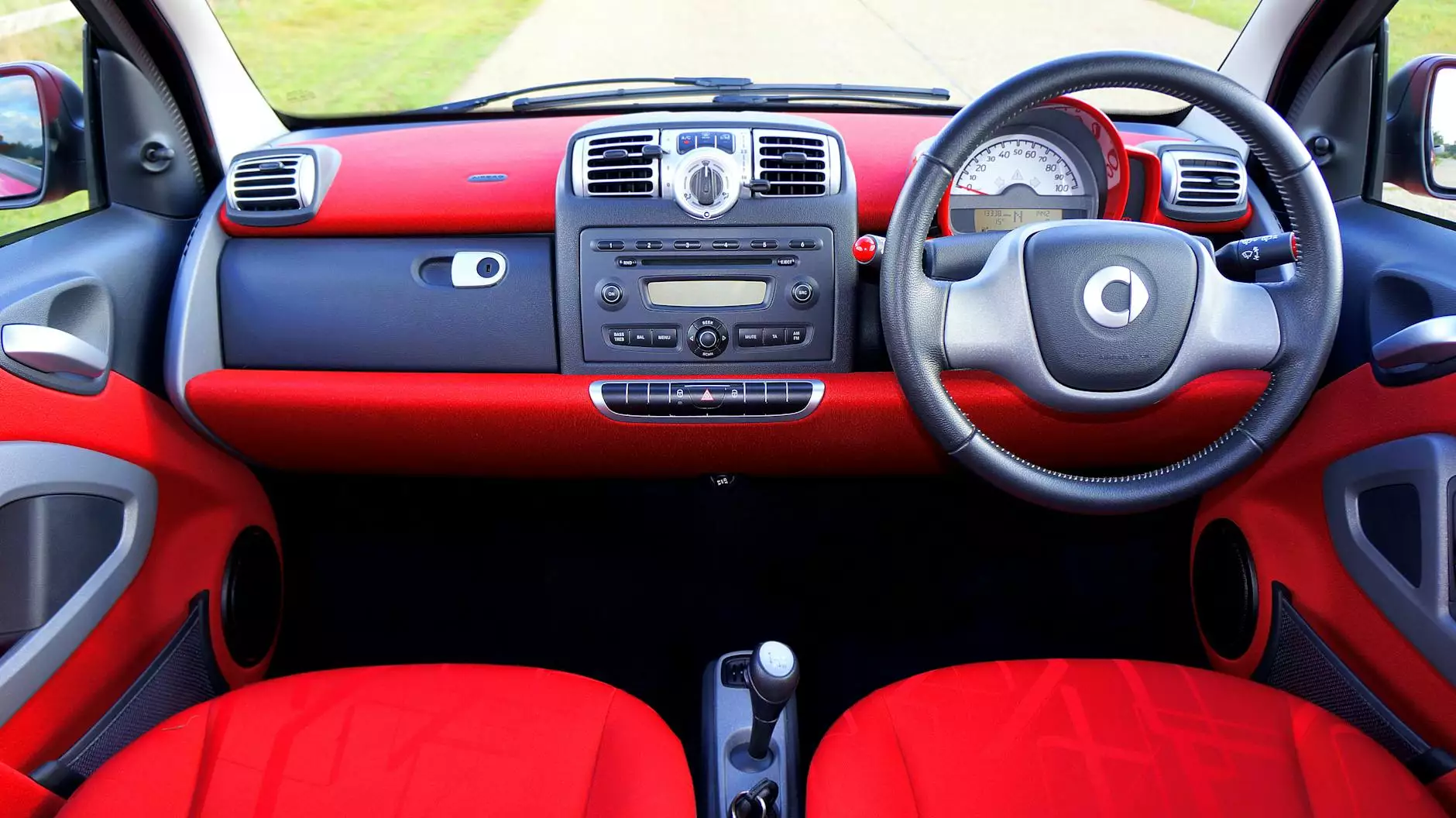Replacing Flexible Rubber Brake Hoses
Chassis
Introduction
Welcome to Grafco Electric, your trusted partner for all your automotive repair needs. In this comprehensive guide, we will help you understand the importance of replacing flexible rubber brake hoses and provide you with step-by-step instructions to perform this task on any model of vehicle.
Why Replace Flexible Rubber Brake Hoses?
Flexible rubber brake hoses play a vital role in your vehicle's braking system. Over time, they can deteriorate due to exposure to heat, chemicals, and wear from daily use. It is crucial to replace them when signs of damage or wear become evident. Neglecting this maintenance task can compromise the safety of your vehicle and increase the risk of brake failure.
Tools and Supplies
Before we dive into the process of replacing flexible rubber brake hoses, let's gather the necessary tools and supplies:
- Jack and jack stands
- Wrench set
- Socket set
- Brake fluid
- Tube flare tool
- Vice grips
- Protective gloves and eyewear
Step-by-Step Guide
Step 1: Prepare your vehicle
Park your vehicle on a flat, stable surface and engage the parking brake. Ensure your vehicle is safely secured using a jack and jack stands.
Step 2: Locate the brake hoses
Identify the flexible rubber brake hoses that need replacement. They are typically connected to the brake calipers or wheel cylinders and the metal brake lines.
Step 3: Prepare for hose removal
Prior to removing the brake hoses, you'll need to loosen the brake line fittings using an appropriate wrench or socket. It's advisable to apply some penetrating oil to ease the process of loosening the fittings.
Step 4: Remove the old hoses
Once the fittings are loose, carefully disconnect the old hoses using a wrench or pliers. Ensure you have a container to catch any brake fluid that may leak during this step. Remember, brake fluid can damage painted surfaces, so take precautions to avoid any spills.
Step 5: Install the new hoses
Take the new flexible rubber brake hoses and attach them to the appropriate fittings. Be sure to tighten the fittings securely to prevent leaks.
Step 6: Bleed the brake system
After installing the new hoses, it's essential to bleed the brake system to remove any air bubbles. Refer to your vehicle's owner manual for specific instructions on bleeding the brakes.
Trust Grafco Electric for Reliable Brake Repairs
At Grafco Electric, we understand the importance of maintaining a safe and reliable braking system. Our team of skilled technicians is proficient in brake repairs, including the replacement of flexible rubber brake hoses. With years of experience and access to top-quality parts, we are committed to providing you with the most effective and efficient solutions.
Whether you drive a car, truck, or SUV, we have the expertise to handle all models and ensure your brakes perform optimally. Your safety is our top priority, and we strive to earn your trust through our exceptional service and attention to detail.
Contact Grafco Electric today for all your brake repair needs. Don't compromise on safety - let our experts take care of your vehicle's braking system and enjoy peace of mind on the road.
Conclusion
Replacing flexible rubber brake hoses is an important maintenance task that should not be overlooked. By following the step-by-step instructions provided in this guide, you can ensure the integrity and safety of your vehicle's braking system. Remember, if you're unsure or uncomfortable performing this task, it is always best to consult an experienced professional like the team at Grafco Electric.









